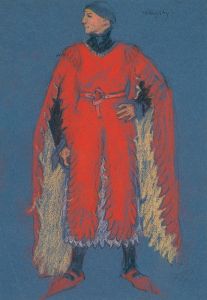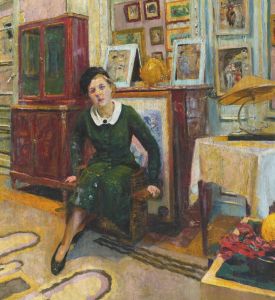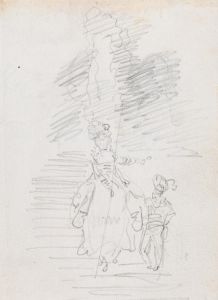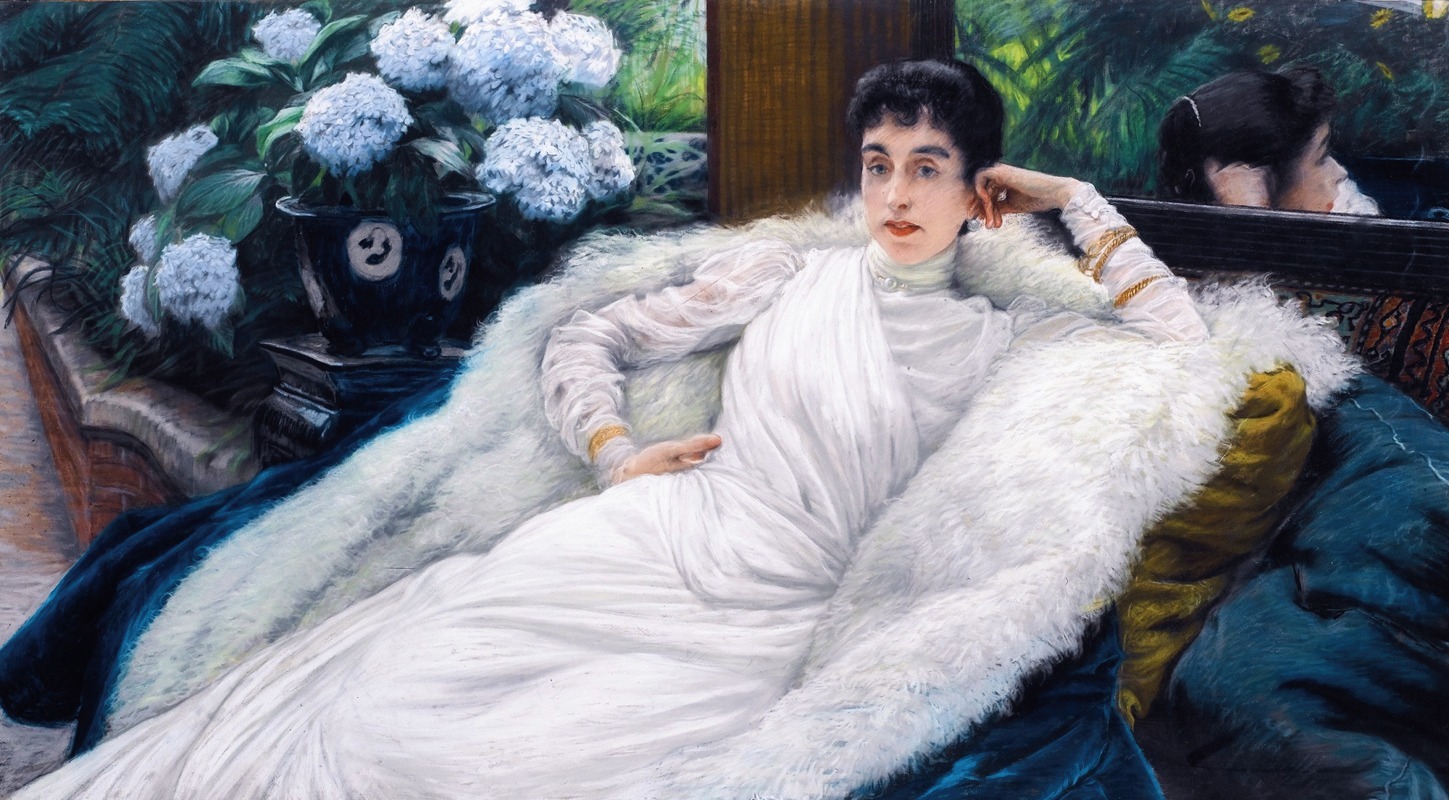
Clotilde Briatte, Comtesse Pillet-Will
A hand-painted replica of James Tissot’s masterpiece Clotilde Briatte, Comtesse Pillet-Will, meticulously crafted by professional artists to capture the true essence of the original. Each piece is created with museum-quality canvas and rare mineral pigments, carefully painted by experienced artists with delicate brushstrokes and rich, layered colors to perfectly recreate the texture of the original artwork. Unlike machine-printed reproductions, this hand-painted version brings the painting to life, infused with the artist’s emotions and skill in every stroke. Whether for personal collection or home decoration, it instantly elevates the artistic atmosphere of any space.
James Tissot's painting "Clotilde Briatte, Comtesse Pillet-Will" is a notable work by the French painter, known for his detailed and elegant depictions of society figures during the late 19th century. James Tissot, born Jacques Joseph Tissot in 1836 in Nantes, France, was a prominent artist who gained recognition for his portraits and genre paintings that captured the fashion and social dynamics of his time.
The painting features Clotilde Briatte, who became the Comtesse Pillet-Will through marriage. The Pillet-Will family was a notable banking family in France, and Clotilde's marriage into this family positioned her within the upper echelons of French society. Tissot's choice to paint Clotilde Briatte reflects his interest in the lives of the wealthy and influential, as well as his ability to capture the nuances of their status and personality through his art.
In this portrait, Tissot employs his characteristic attention to detail and texture, which is evident in the rendering of Clotilde's attire and surroundings. The painting showcases the luxurious fabrics and intricate designs of her clothing, highlighting the fashion of the era. Tissot's skillful use of light and shadow adds depth to the composition, bringing out the elegance and poise of the subject.
Tissot's work is often associated with the Belle Époque period, a time of relative peace and prosperity in Europe, particularly in France, which allowed for the flourishing of arts and culture. His paintings are celebrated for their ability to convey the opulence and sophistication of this era, and "Clotilde Briatte, Comtesse Pillet-Will" is no exception. The painting not only serves as a portrait of an individual but also as a representation of the social and cultural milieu of the time.
The painting is part of Tissot's broader oeuvre, which includes numerous portraits of women, often depicted in domestic or leisurely settings. His works are known for their narrative quality, often suggesting stories or capturing moments of introspection and contemplation. Tissot's ability to blend realism with a sense of narrative intrigue makes his portraits particularly engaging.
James Tissot's career spanned several decades, during which he experienced both success and challenges. He spent a significant portion of his career in London, where he became associated with the Aesthetic Movement and developed friendships with other artists, including James McNeill Whistler. Tissot's work was well-received in both France and England, and he exhibited regularly at the Royal Academy and the Paris Salon.
"Clotilde Briatte, Comtesse Pillet-Will" exemplifies Tissot's mastery in portraiture and his ability to capture the essence of his subjects. The painting remains a testament to his skill and his keen observation of the social dynamics of his time. Today, Tissot's works are held in high regard and can be found in major art collections and museums around the world, where they continue to be appreciated for their beauty and historical significance.







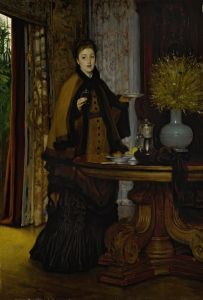
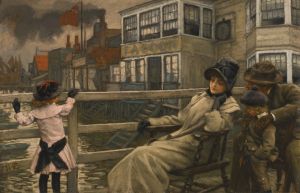



![The Commader in Chief in India [General Sir Frederick Paul Haines], Military and Navy, from Vanity Fair, March 25, 1876](/imgs/214448/s/james-tissot-the-commader-in-chief-in-india-general-sir-frederick-paul-haines-military-and-navy-from-vanity-fair-march-25-1876-18a8ea9e.jpg)

